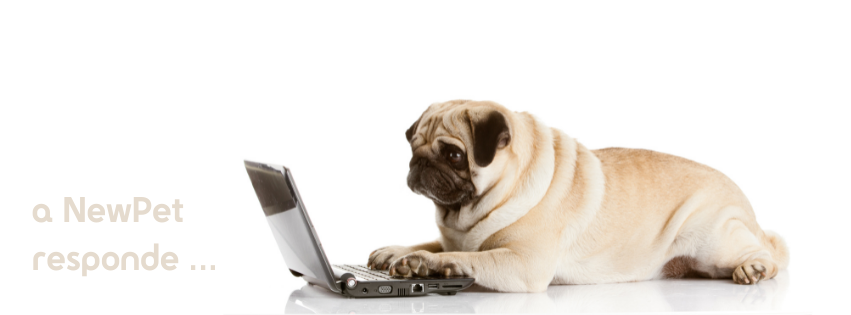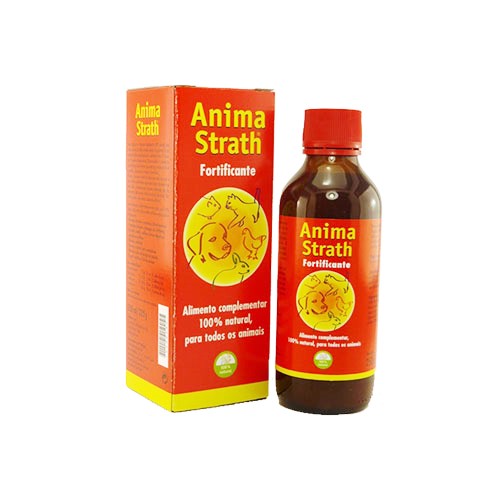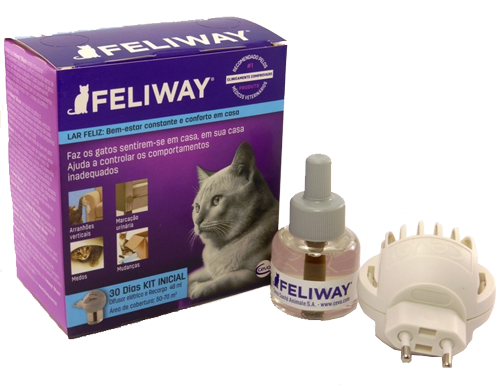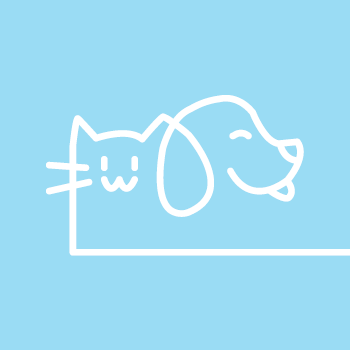"We moved house and my cat has little appetite."

“I have a 3-year-old cat who has little appetite.
She's always been thin – she doesn't weigh more than 2 kg – but we recently moved house and I think that's what caused her lack of appetite.
How can I know if she is eating enough? And what can I do to whet your appetite?”
Daniela.
First of all, it is important to know how much food we should give our animal daily. This amount of feed always depends on:
- Of the weight of our animal.
- The recommended amount for the feed we are giving you. This information is always specified on the feed package.
Tip 1: See how much food is recommended
We must always follow the indications given by the brand, in order to give the quantities indicated for them.
Giving too little or giving too much ends up being harmful to our little friend.
Tip 2: Give supplement to stimulate appetite
In case the cat really needs to open her appetite and eat better, we recommend:
- Anima – Strath fortifying supplement
These are some of the benefits of Anima – Strath :
- Increases and strengthens immune resistance/defense: protects against infections.
- It makes the hair healthy and shiny.
- Stimulates appetite and balances the digestive system.
- Accelerates recovery after illness, shortening the convalescence period.
- Ideal for animals with a lot of activity.
- It helps in situations of stress and nervousness or strange food environments.
This supplement is suitable not only for cats but for all animals.

Tip 3: Make the new environment safe and comfortable
To alleviate the cat's anxiety, due to the changes, we can use the Feliway Classic Diffuser.
Having the diffuser turned on in the new home helps create a pleasant environment for the cat.
Feliway is a synthetic copy of the feline facial pheromone, which is what cats use to mark their territory as a safe area.
In this sense, Feliway can be used to help the cat feel in a safe and comfortable environment, helping to reduce the tension that may have been caused by the change of environment.



































